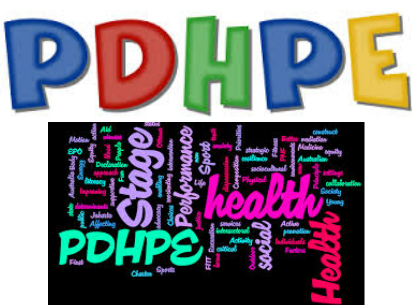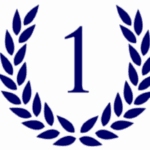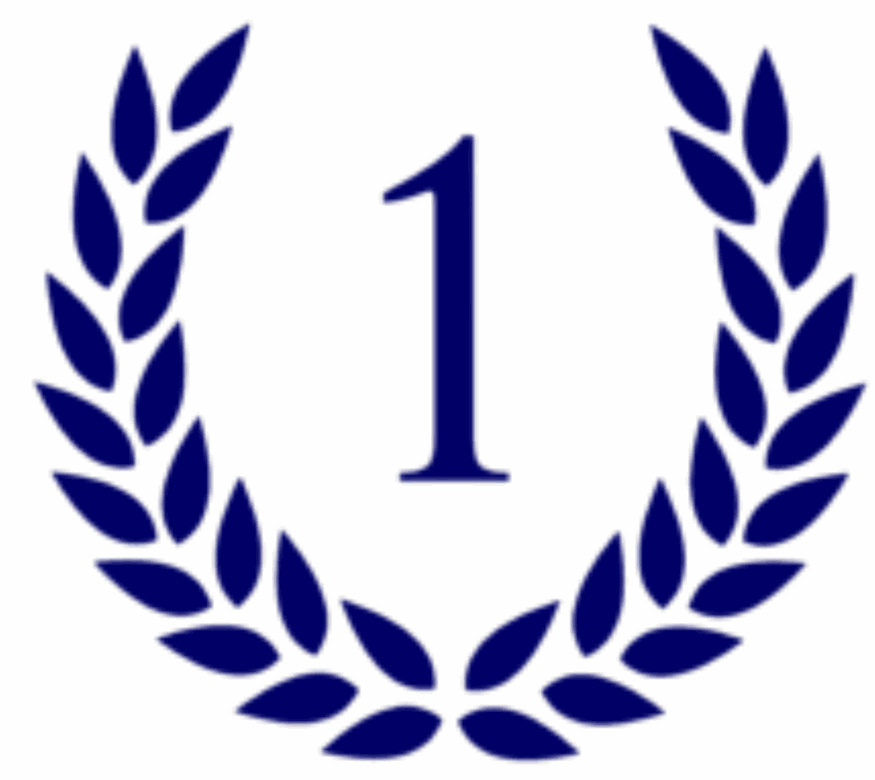
2025 is the last year the Personal Development Health and Physical Education (PDHPE) subject will be assessed in the HSC, having been replaced by a new title, Health and Movement Science (HMS). The year 11’s of this year will have just completed the preliminary syllabus and will be the first cohort to sit this exam in 2026. After tutoring the old PDHPE syllabus and completing it myself, it became apparent that success in the subject was largely dependent on memorisation of dot points and rote learning definitions. The new syllabus requires the same principles for success, but it places a much larger emphasis on application, analysis and scientific understanding. Content-wise, not much has changed, with the YR11 and YR12 syllabi being combined and swapped out of order. However, unlike the previous syllabus which had 2 core subjects and 2 options (to be chosen by the school), the new YR12 syllabus, features 2 core curriculums (45hrs each) and notably, 30hrs of case studies, which enables students to apply their knowledge from the 2 curricula in exploring areas that particularly interest them (but usually selected by the school). Curriculum 1 (health in an Australian and global context) largely mirrors core 1 (health for individuals and communities) from the previous PDHPE syllabus, whilst curriculum 2 (training for improved performance) largely mirrors core 2 (factors affecting performance) and option 4 (improving performance). Whilst the YR11 syllabus features some new additions that I personally believe make it a much more difficult subject than YR11 PDHPE, the YR12 content has remained largely the same, with different titles and orders. However, with the addition of the dedicated 30hrs of case studies, the new syllabus gives students freedom to explore areas that interest them, and that’s something I think will make learning much more engaging.
Kieran Fung

